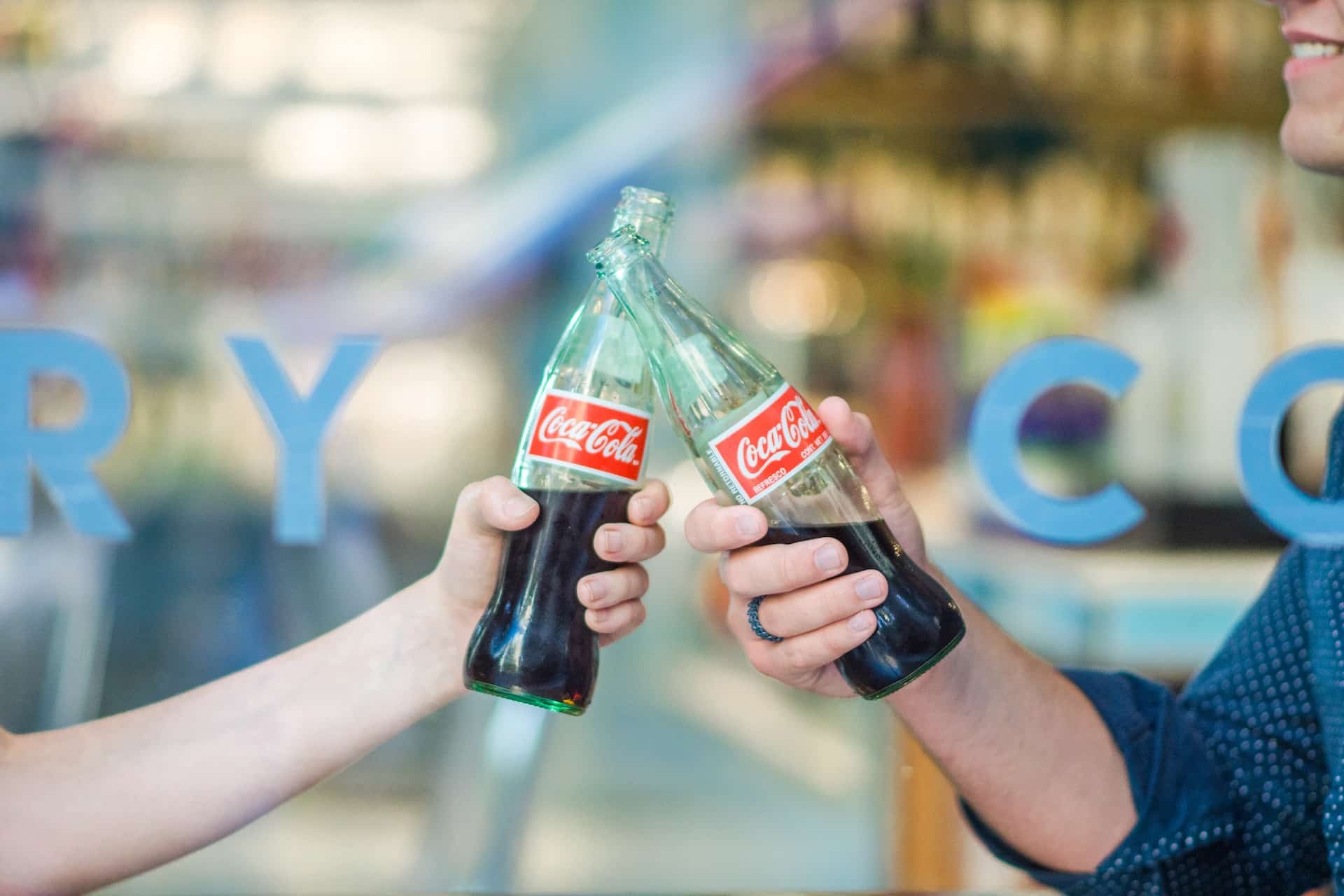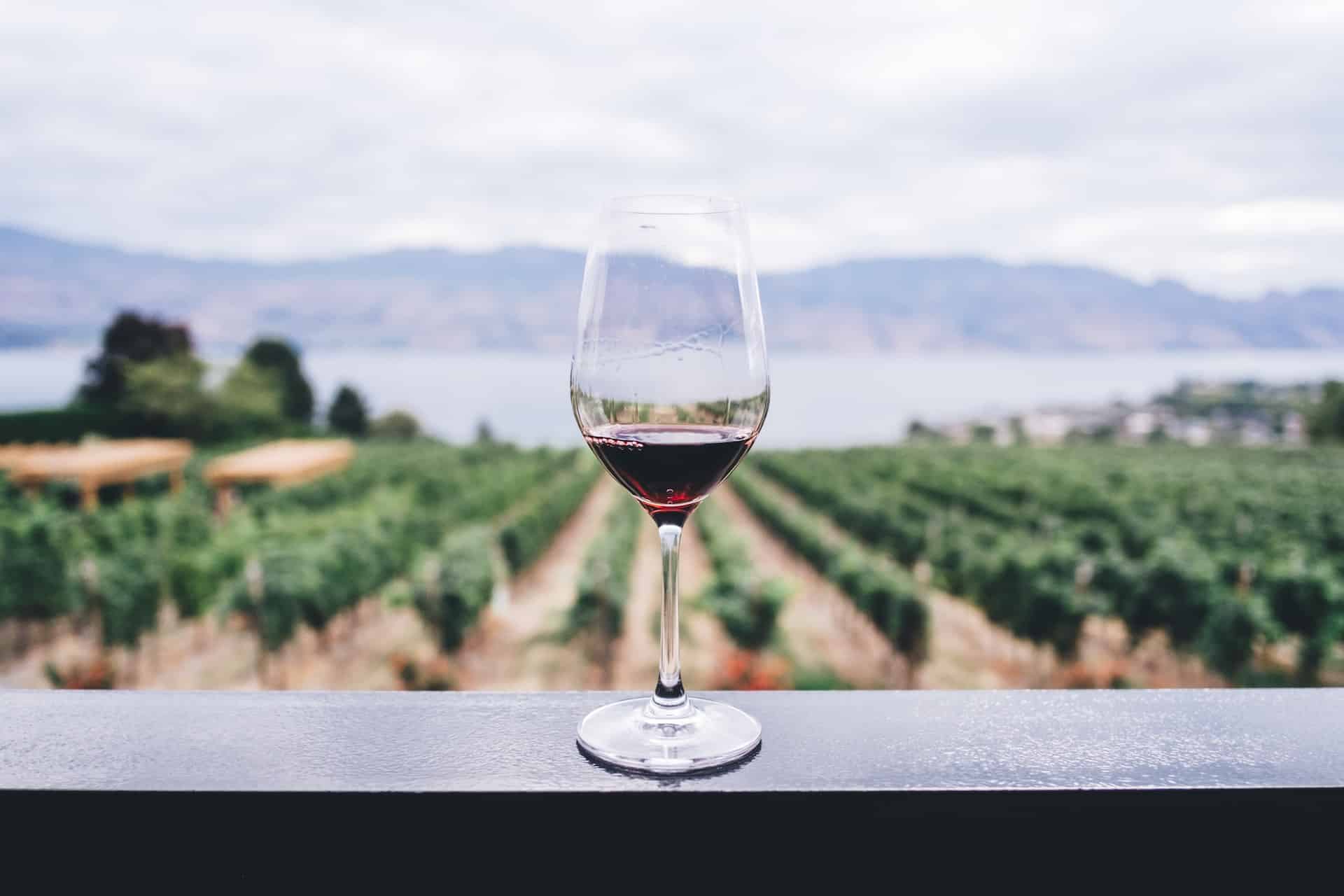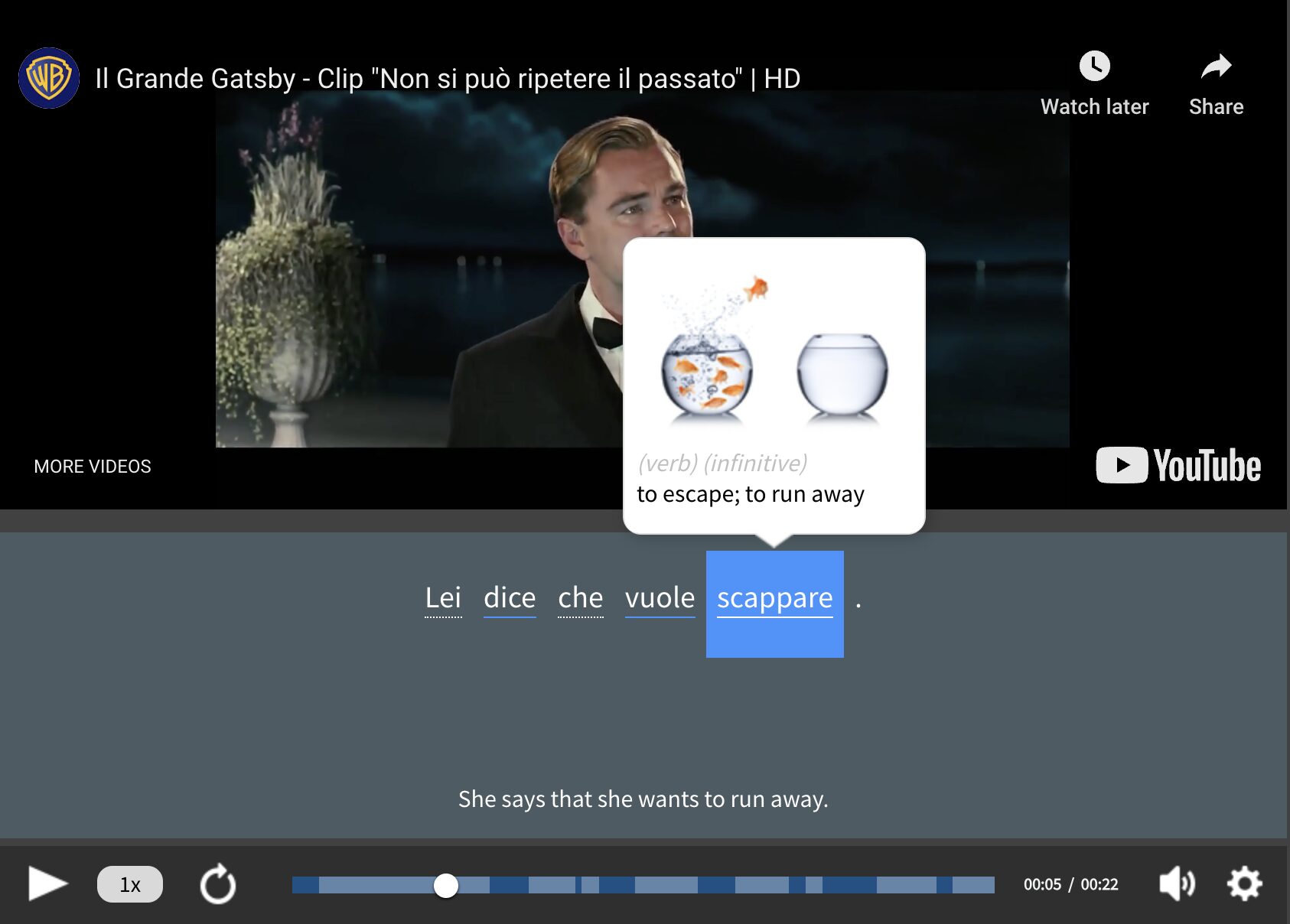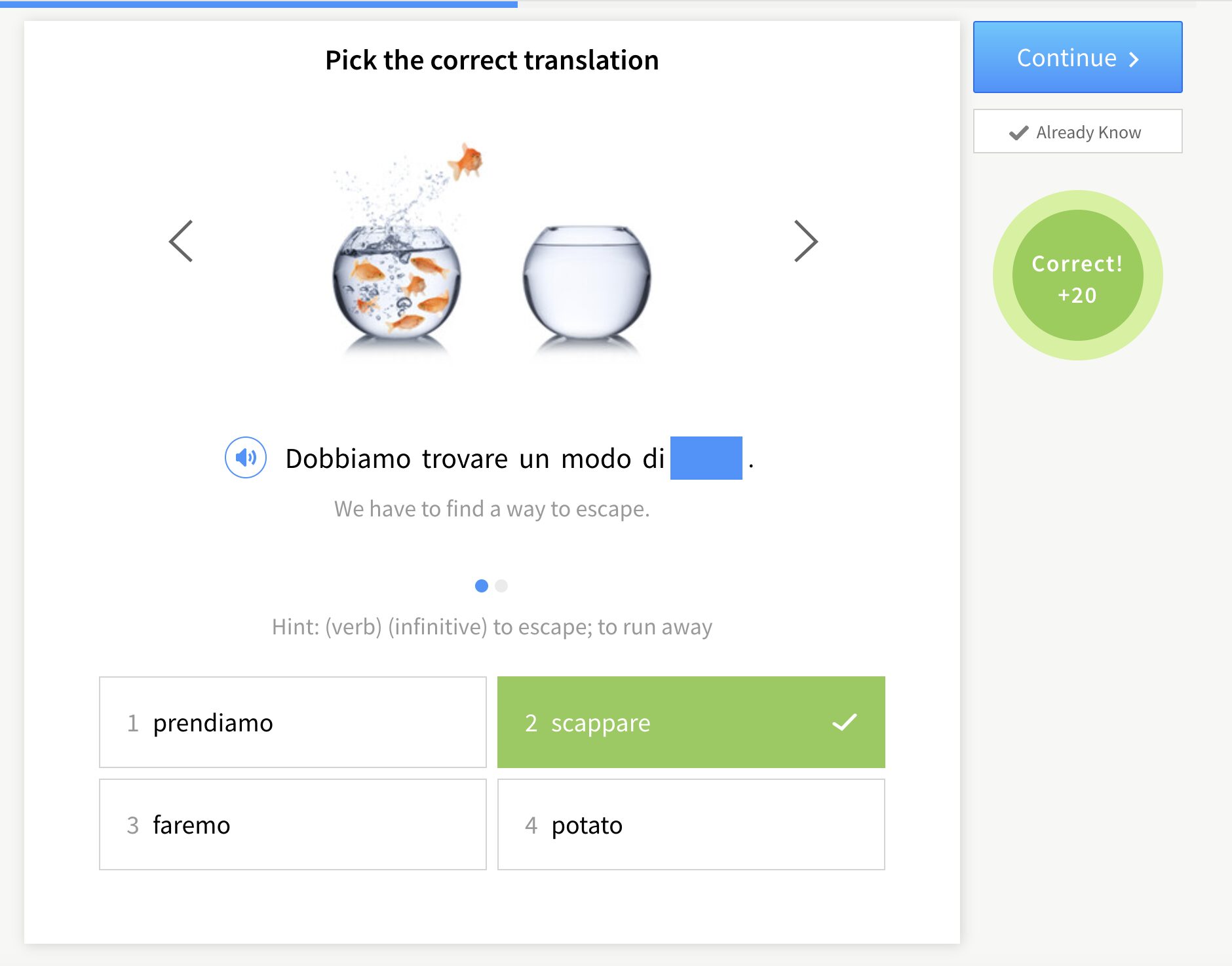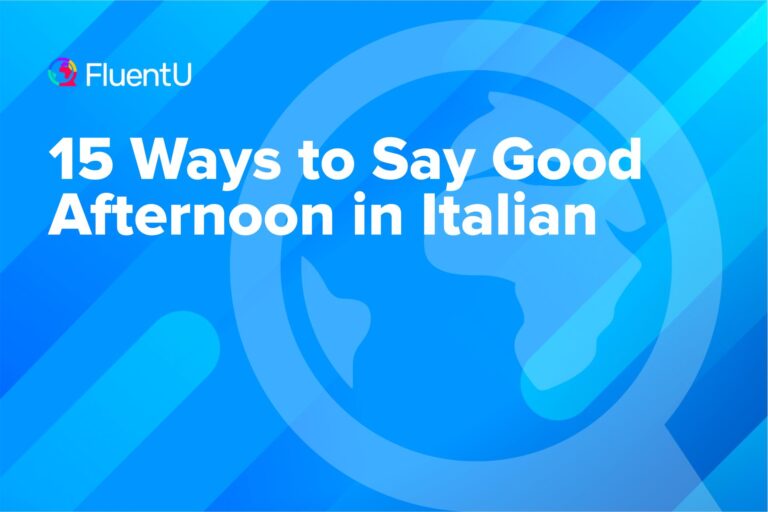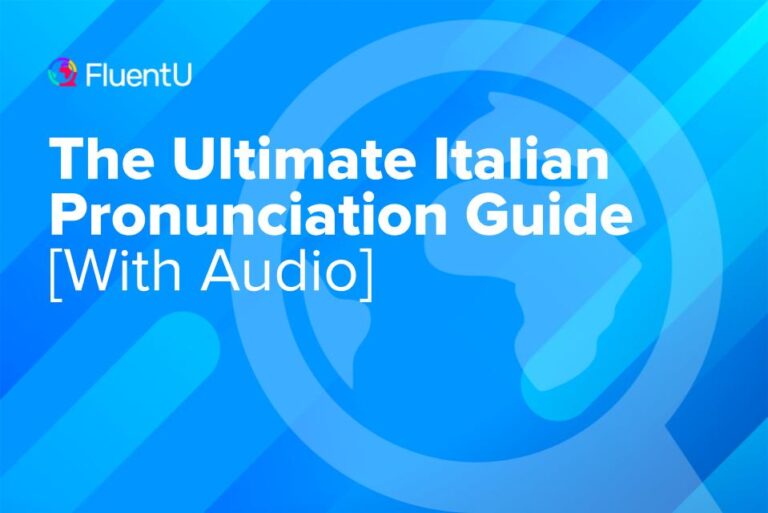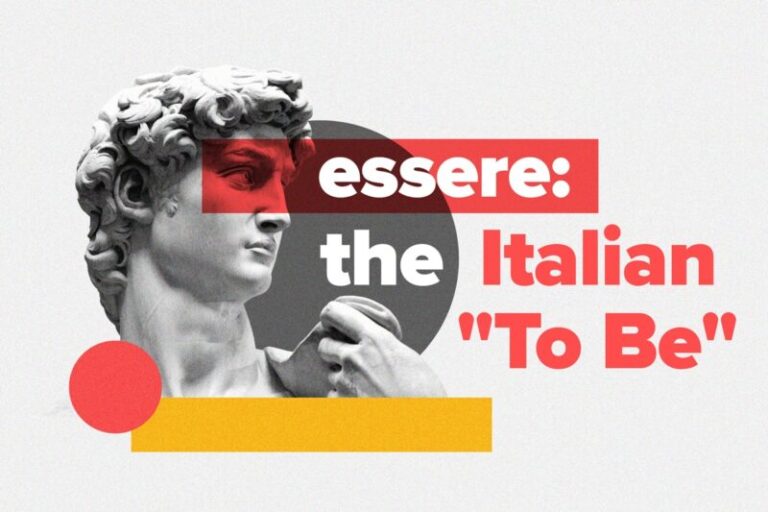70 Drinks in Italian (And How to Order Them)
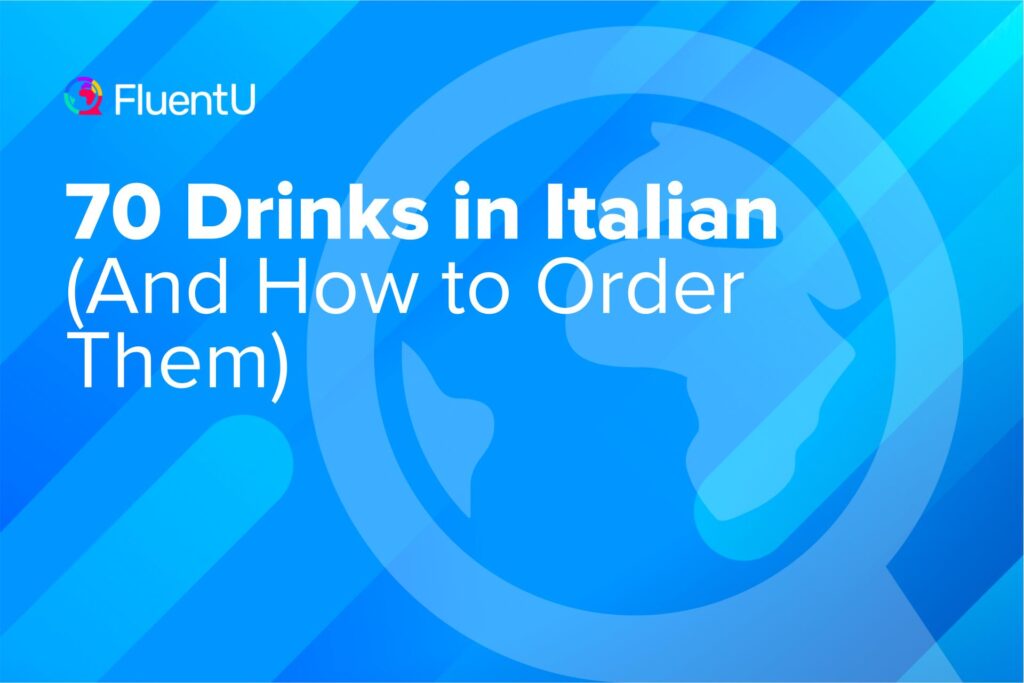
Italy is a country renowned for its delicious food and wine, but its drinks repertoire goes far beyond that. From classic cocktails to refreshing non-alcoholic options, there’s something for everyone to enjoy.
A soft drink in Italian is bibita, but there are plenty more words to describe other kinds of drinks. In this blog post, we’ll take a closer look at some popular drinks names in Italian, along with the essential phrases you need to know when ordering them.
Download: This blog post is available as a convenient and portable PDF that you can take anywhere. Click here to get a copy. (Download)
Basic Italian Beverage Vocabulary
Let’s start with the basics! Here are the words you need to know to refer to water, soda and other of the most common drinks:
| Italian | English |
|---|---|
| Acqua | Water |
| Acqua minerale | Mineral water |
| Bibita | Soft drink |
| Soda | Soda |
| Aranciata | Orange soda |
| Bibita gassata | Carbonated beverage |
| Bevanda analcolica | Non-alcoholic beverage |
| Succo di frutta | Fruit juice |
| Frullato | Smoothie |
| Granita | Slushie-like cold blended fruit drink |
Coffees in Italian
Coffee culture in Italy is deeply ingrained in the daily lives of its people. It’s a social ritual, a way to start the day and a pick-me-up throughout the day. Italians are known for their love of espresso, and they drink it in many different ways. Know how you like your coffee in Italian with these vocabulary words:
| Italian | English |
|---|---|
| Caffè | Coffee |
| Caffè Freddo | Iced coffee |
| Caffè Americano | American coffee |
| Espresso | Espresso |
| Caffè Doppio | Double espresso |
| Cappuccino | Cappuccino |
| Macchiato | "Stained" milk (steamed milk with a shot of espresso) |
| Caffè Lungo | Long coffee (a milder, longer shot of espresso) |
| Ristretto | Short or restricted espresso (a very strong, concentrated shot) |
| Caffè Corretto | "Corrected" coffee (espresso with a shot of liquor) |
| Caffè Marocchino | Moroccan coffee (espresso with cocoa and milk foam) |
| Caffè Shakerato | Shaken coffee (espresso shaken with ice and sugar) |
| Caffè Mocha | Mocha coffee (espresso with cocoa and milk) |
Teas in Italian
Tea isn’t as deeply ingrained in Italian culture as coffee, but it’s becoming increasingly popular. Italians typically drink tea in the winter or when they’re sick, as a hot pick-me-up. You’ll also see tea being drunk after lunch or dinner, sometimes with a sweet snack or dessert.
Tea is typically served in a cup or mug with a wedge of lemon or a spoonful of honey. Unlike in some other places in Europe, it’s not customary to add milk to tea in Italy.
| Italian | English |
|---|---|
| Tè | Tea |
| Tè verde | Green tea |
| Tè nero | Black tea |
| Tisana | Herbal tea |
| Tè al limone | Lemon tea |
| Tè alla menta | Mint tea |
| Tè al gelsomino | Jasmine tea |
| Tè al miele | Honey tea |
| Camomilla | Chamomile |
| Tisana alla frutta | Fruit infusion |
Wines and Liquors in Italian
Italians typically drink wine with meals, and they often have a glass of liquor after dinner.
It’s customary to pair wine with meals that will complement the food they’re eating. For example, a red wine such as Chianti is often paired with meat dishes, while a white wine such as Pinot Grigio is often paired with fish dishes.
Italy is one of the world’s leading producers of wine, and a lot of wines and liquors have the same names in English and Italian. Below are some key terms, as well as some alcoholic drinks of Italian origin:
| Italian | English |
|---|---|
| Vino | Wine |
| Vino rosso | Red wine |
| Vino bianco | White wine |
| Vino rosato | Rosé wine |
| Spumante | Sparkling wine |
| Liquore | Liqueur |
| Birra | Beer |
| Prosecco | Prosecco |
| Chianti | Chianti |
| Barolo | Barolo |
| Pinot Grigio | Pinot Grigio |
| Nebbiolo | Nebbiolo |
| Sangiovese | Sangiovese |
| Limoncello | Limoncello |
| Amaretto | Amaretto |
| Aperol Spritz | Aperol Spritz |
| Negroni | Negroni |
| Bellini | Bellini |
| Martini | Martini |
| Campari | Campari |
| Vermouth | Vermouth |
If you want to learn more drinks related vocabulary, you could check out the language learning program FluentU.
FluentU takes authentic videos—like music videos, movie trailers, news and inspiring talks—and turns them into personalized language learning lessons.
You can try FluentU for free for 2 weeks. Check out the website or download the iOS app or Android app.
P.S. Click here to take advantage of our current sale! (Expires at the end of this month.)
Regional Specialties
Different drinks exist in different regions of Italy for a variety of reasons, including climate, local produce, and history and tradition.
For example, the Veneto region is known for its warm climate and production of prosecco, so the aperol spritz is a popular drink there. The Piedmont region has a cooler climate, so bicerin, a hot drink made with espresso, chocolate and cream, is popular there.
When visiting Italy, be sure to try a few of the regional drinks to experience the country’s unique culinary culture!
Sicily:
- Granita di Caffè — Coffee granita, often served with a brioche.
- Marsala — Fortified wine produced in the region of Marsala.
Veneto:
- Spritz Veneziano — A popular aperitif made with Aperol, Prosecco, and soda water.
- Vin Brulé — Mulled wine, typically enjoyed in the colder months.
Tuscany:
- Chianti Classico — A famous red wine made in the Chianti region.
- Vin Santo — Sweet dessert wine often paired with cantuccini (almond biscuits).
Piedmont:
- Barolo — Known as the “King of Wines,” a renowned red wine from this region.
- Bicerin — A layered coffee, chocolate, and cream drink from Turin.
Campania:
- Limoncello di Sorrento — A lemon liqueur produced in the Amalfi Coast.
- Caffè del Nonno — A coffee drink with cocoa and cinnamon from Naples.
Liguria:
- Chinotto — A bittersweet soda made from chinotto oranges, popular in the region.
- Sciacchetrà — A sweet dessert wine from the Cinque Terre region in Italy, made using a traditional wine-making process from sun-dried grapes.
Sardinia:
- Mirto — A traditional myrtle berry liqueur, often served as a digestif.
- Cannonau — A robust red wine produced in Sardinia.
Friuli-Venezia Giulia:
- Ribolla Gialla — A white wine variety unique to the region.
- Grappa di Ribolla — Grappa made from the remnants of winemaking.
Italian Drinking Etiquette
Italian Drinking Etiquette is an integral part of Italian culture, reflecting a deep appreciation for beverages and the social aspects of sharing drinks. A few things to keep in mind when sharing a drink with an Italian friend:
- Aperitivo, the pre-dinner ritual, is a time for relaxation and conversation over light drinks like the famous Aperol Spritz.
- As I’ve already mentioned, Italians take great care in selecting the right wine to accompany their meals, with red wines complementing meat dishes and white wines enhancing seafood.
- Water is served in glass bottles or carafes, and it’s common to have both still and sparkling options available.
- Coffee, usually in the form of espresso, is a post-meal tradition, typically taken without sugar or milk.
- After indulging in a hearty Italian meal, a digestif like Limoncello or Grappa aids in digestion.
And finally, when toasting, it’s customary to make eye contact and say “Salute!” or “Cin cin!”
Useful Phrases for Ordering
You’re all ready to head out to get your drinks! You can use these basic phrases to place your order:
- Posso avere un caffè, per favore? — May I have a coffee, please?
- Un bicchiere di vino rosso, per cortesia. — A glass of red wine, please.
- Mi piacerebbe un Aperol Spritz, grazie. — I’d like an Aperol Spritz, thank you.
- Potrei avere un bicchiere d’acqua gassata? — Could I have a glass of sparkling water?
- Mi scusi, vorrei ordinare da bere. — Excuse me, I would like to order a drink.
- Senza ghiaccio, per favore. — Without ice, please.
- Con ghiaccio, per favore. — With ice, please.
- Scusi, quanto costa? — Excuse me, how much is it?
- Il conto, per favore. — The check, please.
Whatever you’re drinking, from water to a nice alcoholic refresher, these Italian drinks vocabulary will help you get started.
And One More Thing...
If you're like me and enjoy learning Italian through movies and other media, you should check out FluentU. With FluentU, you can turn any subtitled content on YouTube or Netflix into an engaging language lesson.
I also love that FluentU has a huge library of videos picked specifically for Italian learners. No more searching for good content—it's all in one place!
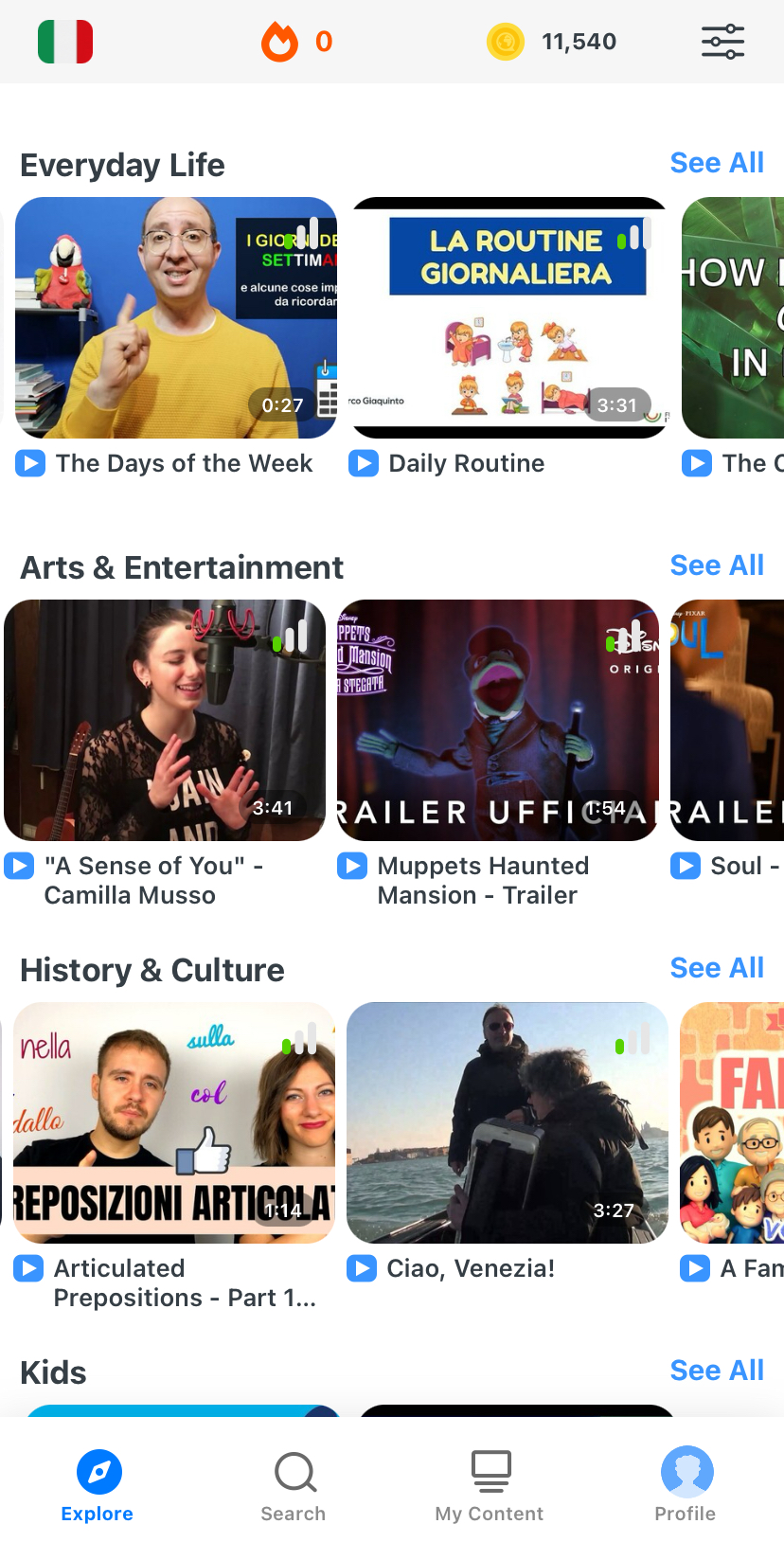
One of my favorite features is the interactive captions. You can tap on any word to see an image, definition, and examples, which makes it so much easier to understand and remember.
And if you're worried about forgetting new words, FluentU has you covered. You'll complete fun exercises to reinforce vocabulary and be reminded when it’s time to review, so you actually retain what you’ve learned.
You can use FluentU on your computer or tablet, or download the app from the App Store or Google Play. Click here to take advantage of our current sale! (Expires at the end of this month.)
